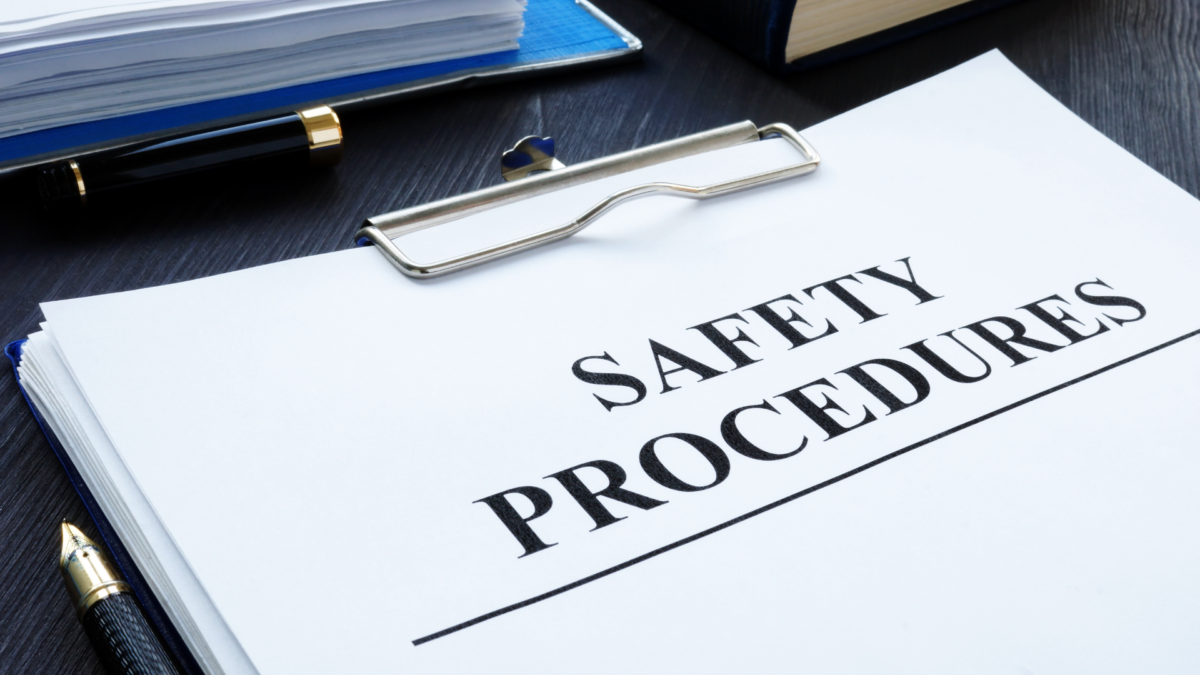In our rapidly evolving digital epoch, there’s an innate tendency to disregard the tangible security threats which can pose significant dangers to your organization. From digital onslaughts endangering confidential information to hidden physical risks that could sabotage your office environment, the absence of robust security protocols can result in dire ramifications for businesses of all sizes. This blog post delves into the essence of all-encompassing workplace security, and how ignoring this integral aspect can expose your enterprise to a myriad of threats. Strap in as we reveal the unseen perils that could undermine the safety of your organization, both in the virtual and physical realms.
Navigating the Cybersecurity Minefield
Here’s a summary of some of the most common digital threats that could disrupt your business operations if you fail to enlist the assistance of a company that offers managed IT services in your area.
Malicious Software: Known as malware, this comprises programs intended to damage or disrupt computers. These can pilfer confidential data, erase critical files, or even seize control of a computer system. Malware’s ability to proliferate rapidly makes it a formidable threat.
Phishing: This online fraud involves duping individuals into revealing sensitive data or clicking on harmful links. The perpetrator often impersonates a trusted entity, coaxing victims into sharing their login details or financial credentials.
Ransomware: A subtype of malware, ransomware encrypts files on a victim’s computer, demanding a ransom for their decryption. This threat can paralyze businesses by obstructing access to vital data or systems until the ransom gets paid.
Denial-of-Service Attacks: These attacks aim to render computer or network resources inaccessible to their intended users. They can severely disrupt operations, hindering employees’ productivity or customers’ access to your services.
Social Engineering: This tactic uses deception to manipulate individuals into disclosing confidential information.
The emergence of cybersecurity threats has ushered in a new era of risk for today’s workplaces, presenting challenges such as social engineering, malware attacks, and phishing scams. These threats not only jeopardize sensitive data but also pose significant financial and reputational risks to businesses. In response, it has become increasingly vital for organizations to invest in robust cybersecurity services to safeguard their digital assets and maintain operational continuity. This usually encompasses a comprehensive approach to mitigating risks, incorporating elements such as network security, endpoint protection, threat intelligence, and employee training. Put simply, by implementing advanced security measures, businesses can detect and respond to threats effectively, minimizing the likelihood of data breaches or system compromises.
Physical Security Pitfalls
Beyond the digital realm, physical hazards present a significant risk to your workplace. Personal injury attorneys in Nashville often help victims who’ve suffered due to unnecessary workplace hazards. Let’s look at some of the most common physical risks:
- Slips, Trips, and Falls: Wet or slippery surfaces can lead to these accidents, which are one of the leading causes of workplace injuries. Adequate signage and floor mats can often prevent them.
- Confined Spaces: Tight spaces can be perilous due to risks of entrapment or suffocation. Employees should receive comprehensive training on confined space safety before tackling such tasks.
- Chemical Hazards: Improper handling of chemicals can pose severe health risks to employees. The use of appropriate Personal Protective Equipment (PPE) is crucial when working with or near hazardous substances.
- Fire Hazards: Fires can wreak havoc in workplaces, necessitating the identification of potential fire hazards and implementing preventive measures like safe storage of flammable materials and availability of fire extinguishers.
Through robust mitigation strategies against these physical risks, you can ensure employee safety and uninterrupted business operations. It would also be wise to ensure that all employees have their first aid qualifications in the event of a hazard occurring. You can get your First Aid at Work requalification through websites such as safehaventraining.co.uk, for example, so it is worth it to take a look into that.
Beefing Up Workplace Security
Workplace security is a multifaceted challenge, requiring proactive measures for enhanced safety. Here are a few tips:
Perform Risk Assessments: Identifying potential hazards is the first step to bolstering security. Take into account factors like facility access, onsite information storage, and existing physical risks.
Enforce Security Protocols: Upon identifying risks, implement strategies to combat them. This could mean installing security equipment, establishing protocols, or providing safety and security training to employees.
Keep Abreast of Developments: Regular reviews of your security measures are critical to ensure their efficacy. As your business evolves, so will your security needs. Stay ahead by familiarizing yourself with the latest industry trends and best practices.
Incorporating these measures will foster a secure working environment for your employees, reducing the likelihood of accidents, theft, or other safety breaches.
Claiming Compensation for a Workplace Accident
Being involved in a workplace accident that was not your fault can be a distressing and challenging experience. However, you have the right to claim compensation for the injuries and losses you’ve suffered. To navigate the process effectively, consider the following steps:
- Prompt Reporting: As soon as the accident occurs, report it to your employer or supervisor. This ensures that the incident is properly documented and recorded in the company’s accident log. Immediate reporting is vital, as delays might weaken your claim.
- Seek Medical Attention: Your health and well-being are of utmost importance. Seek medical attention without delay, even if your injuries seem minor at first. A medical evaluation will not only provide necessary care but also create an official record of your injuries, which is crucial evidence for your claim.
- Gather Evidence: Collect as much evidence as possible to support your claim. This may include taking photographs of the accident scene, any damaged equipment, and your injuries. If there were witnesses, obtain their contact information so that they can provide statements backing your version of events.
- Consult with a Personal Injury Attorney: Navigating the legal complexities of workplace accident claims can be overwhelming. Seek the advice of a reputable personal injury attorney experienced in handling workplace accident cases. They will assess the strength of your claim, guide you through the process, and ensure your rights are protected.
- Follow Company Procedures: Familiarize yourself with your company’s policies and procedures for filing workplace accident claims. Adhere to the prescribed reporting methods and timelines to avoid potential issues with your claim.
- Document Financial Losses: Keep detailed records of any financial losses incurred due to the accident. This includes medical expenses, lost wages, transportation costs, and any other relevant expenditures. Accurate documentation will help determine the compensation amount you should receive.
Always remember that each workplace accident claim is unique, and the laws governing such claims may vary based on your location.
Conclusion
Staying informed about current security threats and strategies is essential for all business owners. With thorough planning and the right protocols, you can shield your business from both cyberattacks and physical hazards. Investing in secure technology solutions, cultivating effective employee training programs, and maintaining strict access controls are vital steps towards safeguarding your data and physical assets. Take these proactive steps today to ensure a secure workplace for everyone involved.


